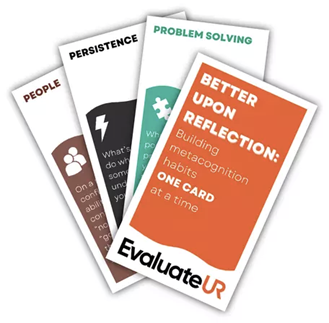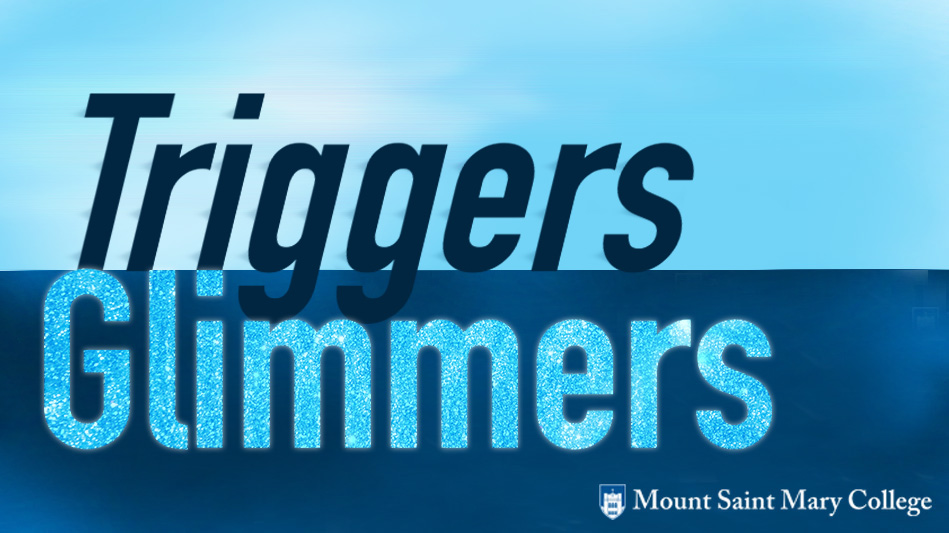| by John Draeger, SUNY Buffalo State |
Downloadable |
Motivations and context
I teach philosophy at a state university with approximately 10,000 undergraduates. I started incorporating the following metacognitive reading activity in order to promote the deep thinking and synthesis that students often struggle with on my essay exams. The bulk of my teaching falls within the general education curriculum where I help students develop help students develop critical skills (e.g.,close reading, careful writing, critical thinking) as well as expose them them to big concepts. I want students to see that topical topical debates over abortion, euthanasia, and hate speech often boil down to similar big conceptual issues (e.g., how to balance individual liberty against government intrusion, how to assess the benefits of individual expression against the harm to others). My exam questions typically ask students to consider the views of three authors across topical debates (e.g., one writing on abortion, one on euthanasia, one on hate speech) and then discuss which two authors are most alike and which are most different. Some students are stuck almost immediately because they have a hard time seeing how the conceptual issues could be at all alike when the topical issues are so different. These students resort to summarizing the authors. Some students can begin to see the underlying conceptual connections, but they often have difficulty developing those ideas. Both groups of students are left wondering how they could earn full credit on the exam.
Nuts and bolts
I’ve started asking students a series of questions that help make their thoughts about the writings and their own thinking about the writings more explicit, ultimately supporting their synthesis of the different authors and concepts for the exams. In order to prevent these questions from being interpreted as busy work, I introduce metacognition on the first day class. I explain that I want them to learn how to learn, and the writing assignments will help them figure out how to develop the type of thinking required for this course.
The questions fall into three categories. The first category alerts students to importance of having a reading strategy and being engaged.The second category pushes students beyond mere identification of an author’s thesis towards identifying the underlying issues. The third category prompts students to reflect on how the reading led to their identification of the underlying issues. This last category is the most metacognitively focused and important for helping them synthesize their understanding.
- General — what was the most challenging part of the reading? What was the most useful part? What was your reading strategy? How might you approach the reading differently next time?
- Conceptual issues — what was the central issue in the reading? How are the central conceptual issues related to the author’s thesis? How does this author frame the central issue compared to the other? How might this author respond to the previous author?
- Putting it altogether — what is a passage in the reading that illustrates the underlying issue? What is the evidence that the author takes this issue to be central? What is your strategy for uncovering these issues? How would you know if you’re correct? How would you change your approach if you’re not).
Because I want my students to be on a “steady diet” of metacognitive reflection, students are asked at least one question from each of the three categories as part of their preparation for each lesson. Responses to each question tend to be approximately a paragraph in length, and and they are graded pass/fail. Grades are determined less by the accuracy of the content, but by whether they made a “good faith” effort, which reduces the grading load.
Outcomes
Because students are required to explicitly practice with sort of thinking at the heart of the course, students are in a position to engage their own learning, which enables them to monitor their progress and make adjustments as necessary (e.g., ask questions in class, adapt reading strategies, attend office hours). When it comes time for the exam, students are better prepared for the type of thinking they are required to display and express much less confusion about what is being asked of them. As I grade the exams I am pleased to observe that many fewer of them resort to simply summarizing authors and they at least attempt to engage in the required type of thinking.
Lesson learned and future directions
Prior to this metacognitive activity, I thought that I was being clear about the type of thinking that I required of students, and I thought they were receiving plenty of opportunities to practice during class discussion. Even with this activity, however, I believe I need to provide students with more opportunities to become explicitly aware of their thinking and how to modify their strategies to achieve success.




